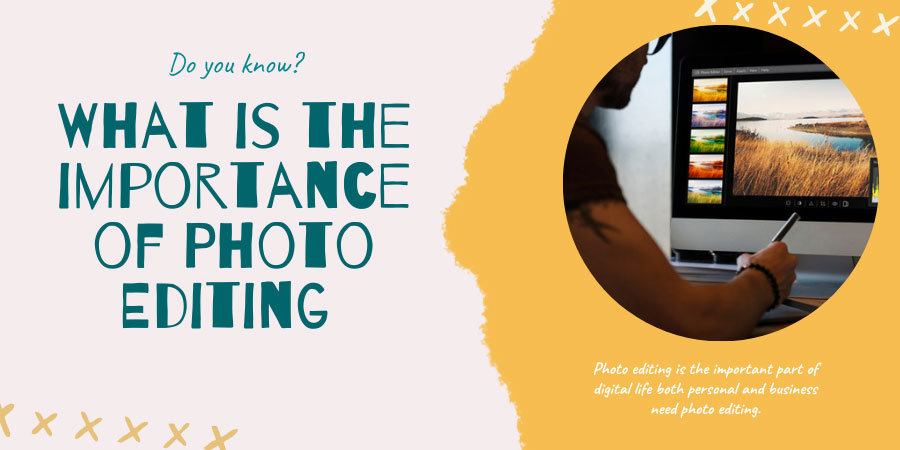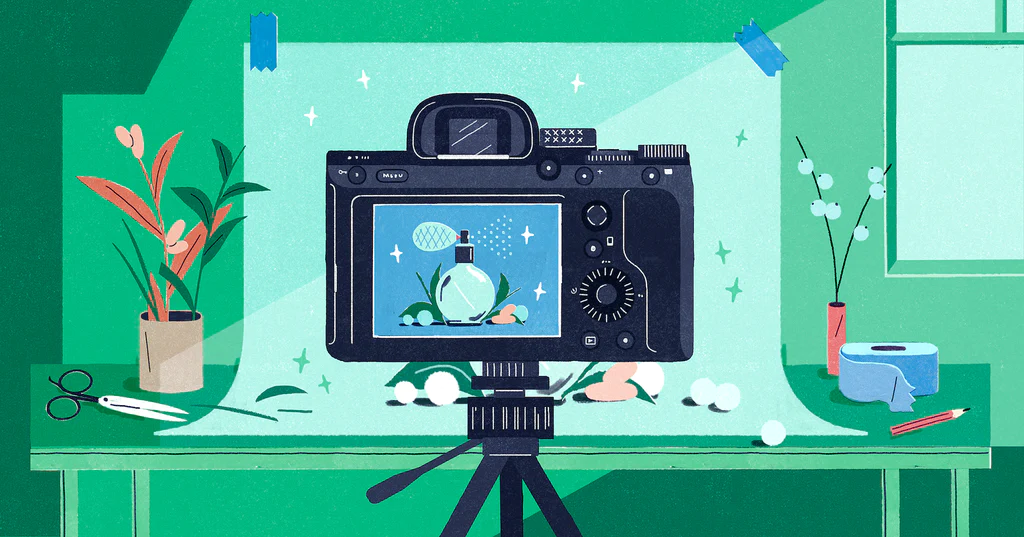Photography Editing Guide: Enhancing Your Visual Creations
Introduction:
Photography editing is a vital aspect of creating stunning visual masterpieces. By harnessing the power of editing techniques, photographers can transform their raw captures into breathtaking images that truly captivate the viewer. In this comprehensive guide, we will delve into the world of photography editing, providing valuable insights and practical tips to help you enhance your visual creations.
- The Significance of Photography Editing:
Photography editing is the process of refining and enhancing images to achieve the desired visual impact. It enables photographers to elevate their creations by adjusting various elements, such as exposure, colors, and composition. Editing empowers you to bring out the essence and story behind your photographs, making them more engaging and emotionally resonant.

- Choosing the Right Editing Software:
Selecting the appropriate editing software is crucial for achieving optimal results. There are a plethora of options available, ranging from beginner-friendly tools to advanced software suites. Adobe Lightroom and Adobe Photoshop are renowned choices among photographers due to their comprehensive features and user-friendly interfaces. Evaluate different software options and select the one that aligns with your editing goals and skill level. - Mastering Key Editing Tools:
To make the most of your editing process, it’s essential to familiarize yourself with the fundamental tools available in your chosen software. These tools typically include adjustments for exposure, contrast, saturation, and white balance. By becoming proficient in using these tools, you can fine-tune the overall appearance of your images, ensuring they accurately reflect your artistic vision.

- Understanding Color Correction:
Color correction plays a pivotal role in enhancing the mood and visual impact of your photographs. Experiment with adjusting the temperature, tint, and saturation levels to achieve the desired color balance. Pay attention to the interplay of colors within the image, aiming for harmonious and visually pleasing results. - Harnessing the Power of Tone Curve and Levels:
The tone curve and levels tools are invaluable for controlling the brightness, contrast, and tonal range of your images. Utilize them to adjust shadows, highlights, and midtones, thereby creating a well-balanced composition. Explore various curve and level adjustments to achieve the desired effect while maintaining the integrity of the image.
- Enhancing Details with Sharpening and Noise Reduction:
Sharpening allows you to enhance the fine details in your photographs, resulting in a crisper appearance. Use sharpening tools judiciously to avoid overdoing it, as excessive sharpening can introduce artifacts or an unnatural look. Additionally, employ noise reduction techniques to minimize unwanted noise, particularly in low-light or high-ISO images. - Unleashing Creative Effects:
Editing presents an opportunity to experiment with creative effects, adding a unique touch to your visual creations. Vignettes, gradients, filters, and presets can be employed to evoke specific moods and atmospheres. However, exercise restraint and ensure that the effects enhance the overall composition without overpowering the image’s subject. - Retouching and Removing Imperfections:
Retouching is a valuable skill for removing distractions, blemishes, or unwanted elements from your photographs. Utilize tools like the healing brush or clone stamp to seamlessly erase imperfections while preserving the image’s integrity. Exercise caution not to overdo retouching, as it can result in an artificial appearance. - Developing a Consistent Editing Style:
Cultivating a consistent editing style helps establish a recognizable and cohesive body of work. Experiment with different editing techniques, presets, or color grading to find a style that aligns with your artistic vision. Consistency in editing not only enhances your visual identity but also contributes to building a strong brand as a photographer. - Learning and Experimenting:
Photography editing is an ongoing learning process. Stay curious and remain open to new editing techniques, styles, and trends. Engage with the photography community, follow relevant blogs, and watch tutorials to gain inspiration and expand your editing skills. Analyze the work of other photographers, observe their editing choices, and adapt them to suit your own unique style.
Conclusion:
Photography editing is a transformative process that enables photographers to enhance their visual creations and convey their artistic vision effectively. By understanding the significance of editing, selecting the appropriate software, mastering key tools, exploring color correction, utilizing tone curve and levels adjustments, enhancing details, experimenting with creative effects, retouching selectively, developing a consistent style, and embracing continuous learning, you can take your photography to new heights. Allow editing to be the final touch that adds depth and emotion to your visual masterpieces, leaving a lasting impression on viewers.
